We’re fortunate these days that we have a wide variety of breast pumps available on the market. But did you know that the first electric pump wasn’t introduced until 1991? And that since then, breast pump technology became relatively stagnant with little advancement? That is, until we at Elvie introduced the world’s first ultra-quiet wearable breast pump!
Before the 90’s, many women had to make do with a much more manual approach, even sharing large pieces of hospital equipment that you could rent to take home with you.
Here, we look at the history of breast pumps and celebrate the fantastic strides we’ve made in breast pump technology for mothers the world over. From complex manual systems that look akin to something that might be used for dairy cows, to the Elvie Pump that sits right in your bra; here’s a brief history of breast pumps!
1854: Meet the first breast pump
Way back in 1854, a man by the name of Orwell H. Needham filed a patent for the term “breast pump” to accompany what can only be described as a medieval looking contraption designed to mimic a nursing baby. It involved a rubber “shield” which closed around the nipple which acted as a substitute for the baby’s tongue. Ouch.
Still, it was a step up from its predecessor which had glass shield flanges instead of these nice soft rubber ones…
1874: Introducing “the milk collector”
Fast forward 20 years, and a newer version of the pump was in circulation. Two gents, by the names Robert C. Gray and Charles E. Gassin, reimagined the existing offering to include a milk collection bottle attached to the pump and could be unscrewed from the main flange - a technology that is still commonplace today in many pumps. They were even so kind as to ensure that their design was easy to disassemble so it was easy to clean and put back together again.
1898: Vacuum pumps became commonplace
Recognising that the constant pull on the breast while using the available pump options was more than a little uncomfortable, Joseph H. Hoover (that’s right, another man) incorporated a spring and a vacuum function that came into common use as of 1894. This “suck and release” technology might appear a little familiar - that’s because although this version still looks primitive, it was a huge step forward in pump technology that we still use today.
1905: Enter piston breast pump technology
What do the three pumps above have in common? None of them were designed to be operated by a single person, and instead were very much a two man job. Hulbert H. Halstead sought to rectify this in 1905 when he suggested the addition of an air chamber and spring interior, PLUS finger holds to make the pump convenient to hold. It was a revelation indeed!
1908: The “hands-free” pump
Not content that Halstead’s pump was simply easier to manoeuvre, along came yet another man, Joel S. Gilbert, to switch things up. He introduced two bulbs to the one pump; one for suction, the other for collecting milk. This epiphany meant that women now had a spare hand that didn’t have to hold one of these bulbs separately with the other models that existed at the time.
1928: Speed of cycle became important
Come 1927, women now had a pump that was relatively more comfortable than previous offerings. Now, inventor Woodward Colby spotted the opportunity to increase the speed at which the humble breast pump could work. Colby recognized that if the bulb sat closer to the breast shield, it would create an uninterrupted vacuum, meaning there was no need for the bulb to be fully inflated before a woman could pump again. Hello, efficiency!
1942: Years of research led to the first hospital grade breast pump
Not satisfied with the current pump, a group of gynaecologists asked Swedish engineer Einar Egnell to improve the pump in 1939; and in 1942, after extensive research, he delivered a huge piece of equipment designed to help nursing mothers pump while in hospital.
While it’s arguably one of the slightly more intimidating pieces of kit in this list due to its size and the number of gadgets attached to the machine, it did make pumping safer and more hygienic for women, so it was a big win! This design was quickly adopted in hospitals the world over.
1980: Hospital breast pumps on wheels!
After years of extensive use, a Swiss company saw logistical issues with the Egnell model in the sense that it was very difficult to transfer to different areas of hospitals for use by different mothers. They rectified this by creating a cart on wheels that made transportation easier and safer for hospital staff.
1993: Moving towards automation
A business acquired the Egnell pump and put it into the mainstream, added a microprocessor to their pump, which is starting to look a little more similar to pumps we see today in terms of aesthetics. This microprocessor offered adaptable pumping programs that could be unique to each nursing mother.
A year later in 1994, they added a backflow protector to their model to prevent harmful bacteria from entering the pump which hugely improved hygiene standards for both mother and baby!
1998: Personal pumps came onto the market
Throughout this article, it’s clear that pumps adapted pretty quickly. One problem: they were not commonplace outside of hospitals and while they were available to rent, it was not ideal for most mothers. Seeking to satisfy this deficit in at-home nursing care, personal pumps were brought onto the market.
1999: Hospital grade breast pumps available for the home
Not satisfied that the personal pump was as great as it could be, a Korean company found a way to produce a hospital grade pump at a reasonable price which made them affordable for most women. This revolutionised the safety of breast pumps for women the world over, and still forms a large basis of pumps available on the market today.


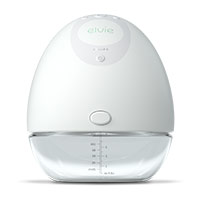
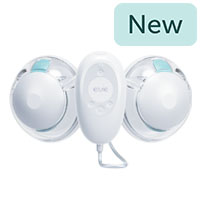
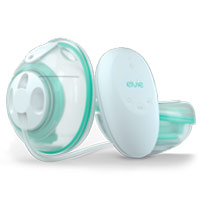
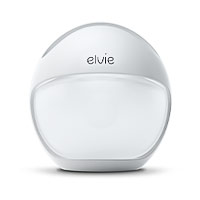
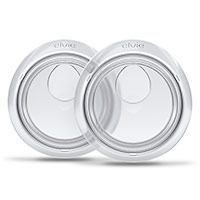
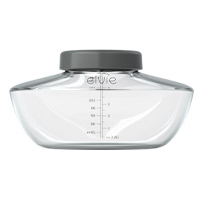
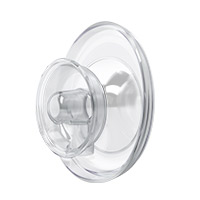

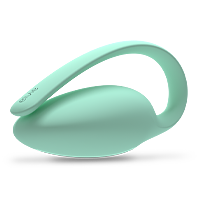
 5 minute read
5 minute read